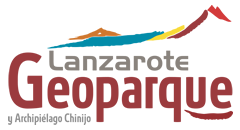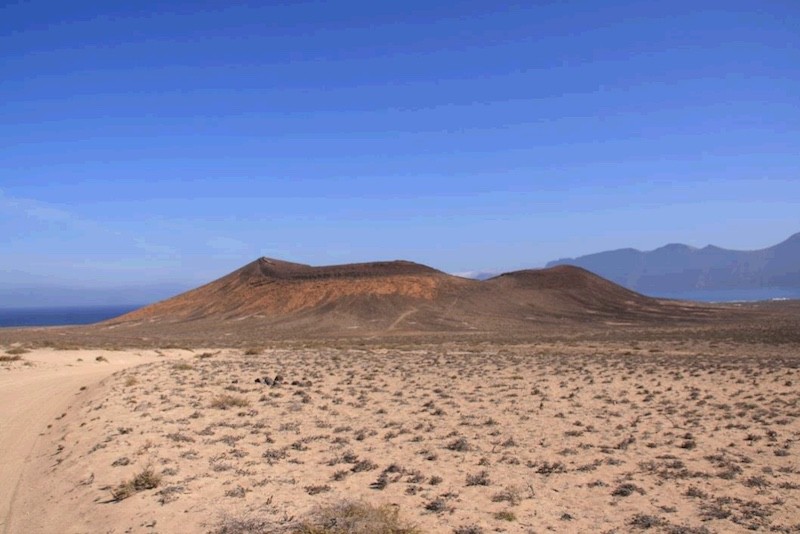Project Description
This is the area with the highest concentration of surtseyan cones in all the Canary Islands. The three volcanic buildings that make up the geosite are aligned according to a NE-SW eruptive fissure. In these volcanic buildings, we can clearly follow the complete transition from the initial stages of the hydromagmatic building, with interaction of water and magma during the eruption, to the purely magmatic final stages, when water disappeared from the system. Among the multiple characteristic structures of this kind of hydromagmatic deposits, we may observe crossed stratifications, slumps, channels, dunes and anti-dunes, impact bombs, impact footprint, etc. However, the presence of accretional lapilli is significant, showing the high percentage of humidity during the eruption. Accretional lapilli is abnormally large, even several centimetres in diameter, and normally dispersed among the ash deposits and pyroclastic currents of density, although in some cases they form deposits that are several centimetres thick. The peridotite xenoliths are also abundant and the sedimentary lithic fragments with fossils.
The main interest of this geosite is volcanological, and its secondary interest is geomorphological, paleontological and stratigraphic. It is typical of the transit of eruptions with only water interaction. Its location, partially on Jable sand, provides it with significant landscape value. El Cuchillo is a must, when studying vulcanology.

